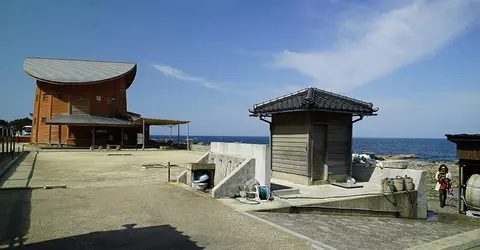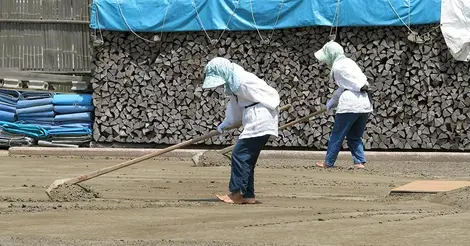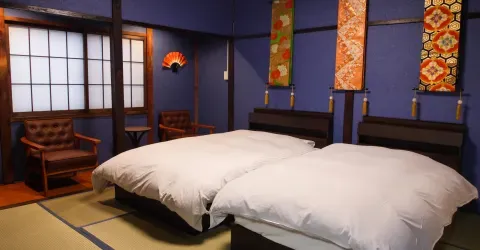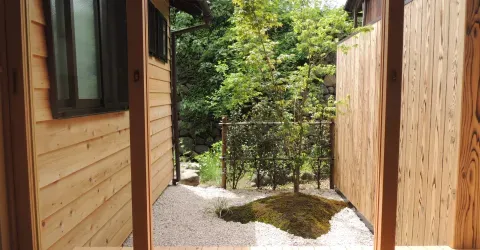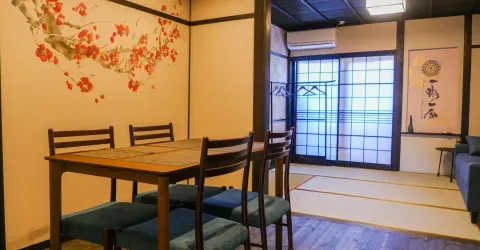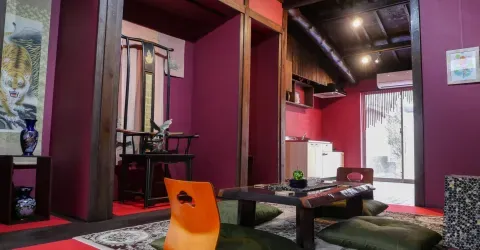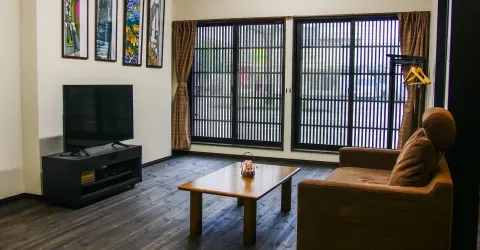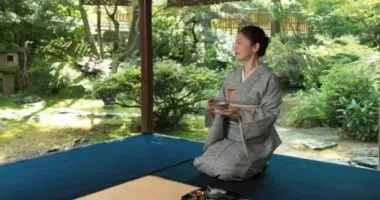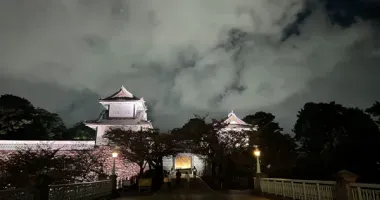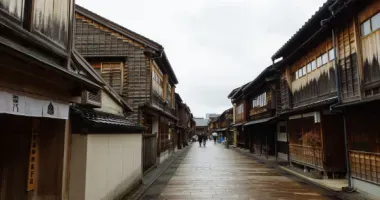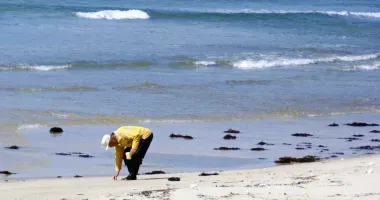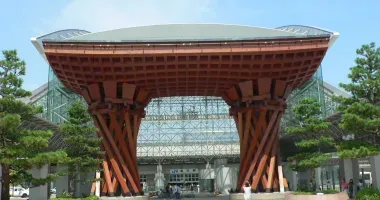Visit a salt factory in the Noto peninsula
- Published on : 27/01/2020
- by : C.L
- Youtube
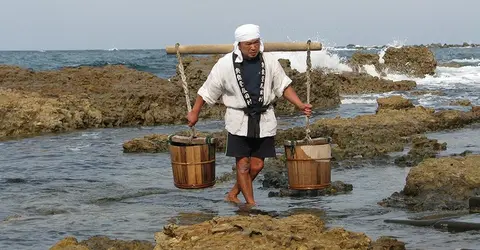
Visit a traditional salt factory
Salt production is very developed in the Noto peninsula. One of the rare places in the country where the salt workers maintain the traditional method of harvesting called agehamashiki seien.
If you think about it, it is very rare to find on the tables of Japanese restaurants the traditional salt and pepper shakers, classically decorating Western tables. When you want to enhance your dish, you turn to the traditional soy sauce or to shichimi , this magical blend of spices. However, Japan is a salt producing country , especially in the Noto peninsula north of Ishikawa prefecture .
With its particular topography, the cultivation of rice has always been particularly difficult in the peninsula, which is oriented towards the production of this condiment. Noto is also one of the last places in the archipelago where salt is harvested using traditional techniques .
To read: A day on the Noto peninsula
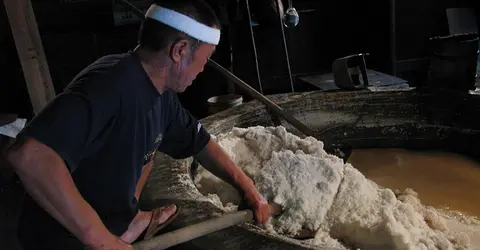
Perpetuating a know-how
At the northern tip of the peninsula, in the city of Suzu, Okunoto Edenmura is one of the last salt factories to perpetuate the traditional agehamashiki seien production process . Backed by a museum dedicated to this white gold, it opens its doors to visitors wishing to know a little more about this age-old mode of production.
Here, no salt marshes filled with water that the sun gradually dries up to reveal the salt crystals. The salt workers fill large wooden buckets with sea water, which they then overturn on dry sand , called Kansa. Sand they then rake many times throughout the day until the water evaporates and the salt crystallizes with the sand. " It's a very hard job, you have to be in good physical condition ," said Kenji Kamitani, director of the factory.
Then follows a period of filtration of this salt using sea water. The residue, a kind of brine, called Kansui, will then be purified by cooking for about 18 hours in steam . Salt balls then form on the surface, which the salt workers collect.
A production for Japan
“ Salt production does not take place all year round, but only from May to October ”, explains Kenji Kamitani, “ We produce around 8 tonnes of salt per year , which we sell only across the country ”, continues- he.
If it is therefore not possible to see the salt workers at work all year round, the museum opens its doors continuously. Very well documented, it allows visitors to learn a lot about salt, its production and its use in the peninsula.
